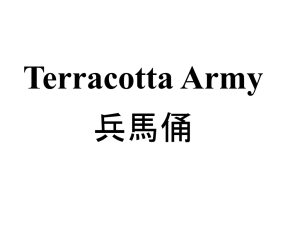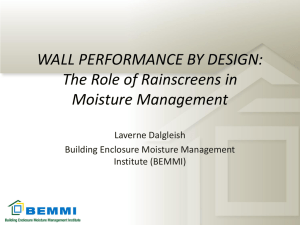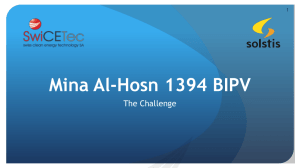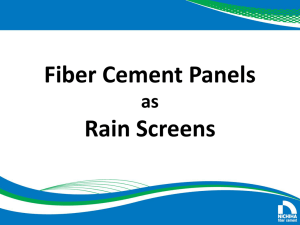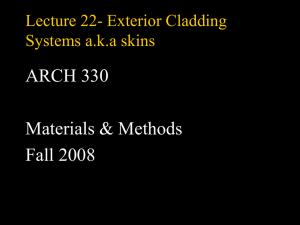Metal Panel - City Tech OpenLab
advertisement
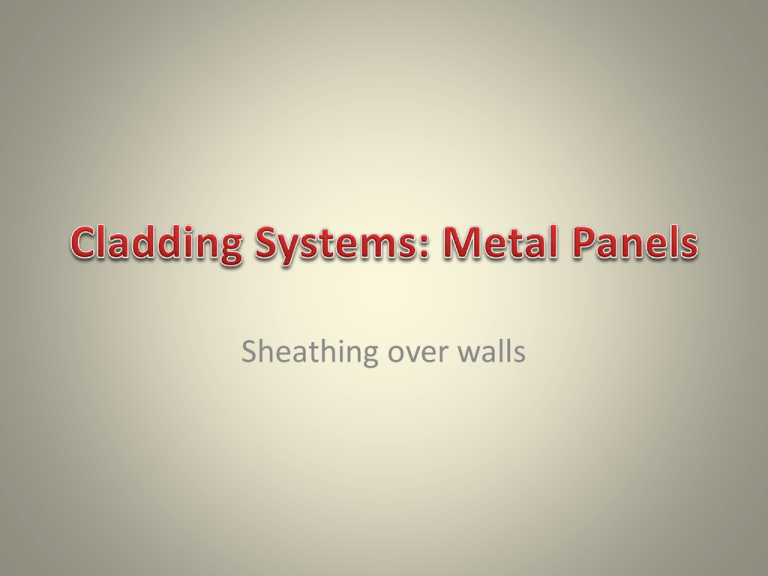
Sheathing over walls Metal and aluminum wall panels offer flexibility and tremendous design potential. Some companies offer Dry Reveal Rainscreen Systems, Wet Joint Systems, Extrusion – Captured Edge Systems. You'll choose from a variety of durable materials: Composite Aluminum, Stainless Steel, Rheinzink, Copper, and many others. These highquality, exterior wall system extend your design and architecture options. Metal Panels also give the building maximum flexibility and the ability to withstand the most severe environmental conditions. Advantages -low maintenance -material that is fashionable -flexibility in the design process. -New metal panels can be installed over any type of cladding – including brick, block, pre case concrete, stucco, or even existing metal systems. Metal panel Red arrows channels for ventilation and allows rain water and condensation to be drained off behind the cladding surface. Section Connection from the bracket to panel Plan Between bracket and panel (channel track &isolator cup) What is Rainscreen Cladding? The term “Rainscreen” refers to an approach to moisture control for building exterior wall assemblies that is based on two distinct layers – an outer cladding layer and an interior layer which performs multiple functions, including acting as the building structural wall, insulation, air and weather barrier. These two layers are separated by a ventilated air cavity which allows any moisture that passes through the cladding layer to be drained to the exterior. Materials commonly used as the outer layer include metals like aluminum, steel, zinc and copper, as well as terra cotta, stone & wood. There are two primary approaches to rainscreen design, defined as Drained & Back-Ventilated (DB/V) and Pressure-Equalized/ Compartmentalized (PER). To learn more about rainscreen design principles, please visit our Continuing Education page to schedule an AIA CES presentation for your office. Manufacturers of panels used in rainscreen applications include Centria, VMZINC and Dri-Design. Dry-joint detailing makes these systems virtually maintenancefree and a more sophisticated approach to moisture control than wet-joint systems that rely on sealants and gaskets at joints for moisture control MetalWrap Series achieves energy efficiency goals with a single component that eliminates the need for conventional batt or board insulation, exterior gypsum, air barriers, vapor retarders and building wraps. Featuring an air and vapor barrier, along with insulation and a metal drain plane, MetalWrap Series controls moisture and air infiltration without sacrificing thermal efficiency. As a single panel, MetalWrap delivers thermal performance with U-values that exceed ASHRAE requirements, while also meeting the requirements for the NFPA 285 multistory fire test. The MetalWrap Series 100 is designed specifically for CENTRIA non-insulated metal wall systems. The simplicity of the MetalWrap Series is in its integrated single-panel design. MetalWrap Series includes an air and vapor barrier, insulation and metal drain plane all on one panel. This technology eliminates the need for conventional batt or board installation, exterior gypsum board, air barriers, vapor retarders and building wraps, while providing better thermal efficiency and moisture control to build better walls. From a performance standpoint, FormaBond’s patented dry joinery means wet seals are eliminated, providing the optimum venting that keeps moisture out and allows wall cavities to dry effectively. This reduces the chance of mold, material degradation and mildew. The panels also provide excellent bond strength and superior impact resistance. NorthClad® Dual Interlocking Rainscreen System Panels hook on the leveling system Self leveling mounting systems allow for easy use of insulation outboard of the sheathing Panels can be installed "running bond" or as a "grid" Vented rainscreen design for the health of your building Inside corner detail Outside corner detail Eve detail Valley detail Ridge detail Base detail • Thermal Effects All insulated metal panels must demonstrate the ability to withstand exposure to temperature extremes on both the exterior and interior skins. Panel temperatures on the outer skin can reach service temperatures of 180 degrees F with dark colors. The surface temperature can be reduced by using lighter colors and paint systems containing cool infrared reflective pigments. The inner skin is usually limited to a lower in-service temperature. Depending on the manufacturer the maximum allowable liner temperature will range from 120 degrees F to 160 degrees F. It should be noted that panels manufactured in a pinch roll/contact adhesive process usually will not perform well in high temperatures. The minimum interior temperature for cold storage applications can be as low as .–40 degrees F. R value • Aluminum: .61 • Aluminum w/ .5” insulation: 1.80 • Gauge steel: .34 per inch thick To conform to the requirements of the major building codes, insulated metal panels should be tested by Underwriters Laboratories, FM Approvals or similar testing and listing agencies for conformance with the requirements of the model building codes. The foam core should have a maximum flame spread of 25* and a maximum smoke developed rating of 450 Terracotta and Fiber Panel The system contains: -a back ventilated ceramic shell to keep the construction dry -protective membrane to keep moister from entering the structure -heat insulation -natural beauty of clay water vapor passes through the walls releasing water While the air flows up ward creating a chimney effect winter-heat from the inside gets transferred outside Summer-heat from the outside gets transferred inside The rainscreen principle is not new, nor is the idea of rainscreen applied to wall design. For centuries in Norway, the rainscreen idea was intuitively used, without any scientific or systematic foundation. They utilized drained and back-ventilated claddings with both closed and open joints. For centuries terra cotta has been used in building construction, mostly as roof and floor tiles. Terra cotta today now provides a premier architectural option used in Rainscreen and ventilated exterior wall construction. Terra cotta is available in a wide range of profile shapes and earth tone colors to provide an architecturally appealing, energyefficient building. Terra Cotta is a 100% natural material that is non-combustible that provides LEED certification value as a sustainable material. The Terracotta Rainscreen system allows air to circulate behind the panels to provide pressure equalization, preventing water from being drawn into the building. Additionally, a vapor barrier on the outside face of the back-up wall acts as a final air and water barrier. Sustainable Design 80 year-plus life expectancy, with a naturally ventilated wall cavity, helps to eliminate the potential for “sick building syndrome” common to closed cavity walls. All materials fully recyclable. Surface finishes: Natural, polished, textured, peeled, profiled, engobe, glazed. Curved surfaces can not be polished. Other surfaces are available on request. • • • • • • Price: US $26 - 40 / Square Meter Minimum Order Quantity:100 Square Meter Supply Ability: 10000 Square Meter/Square Meters per Day Thickness: 18mm size: 300x900mm weight: 8.37kg/pc Terracade is a rear ventilated façade,which creates an airspace outside the load-bearing wall. improving comfort levels and providing energy savings. The airspace provides natural ventilation with a chimney effect, which facilitates the removal of heat, humidity and condensation away from the building structure. Terracade tiles are classified exposure grade so they can be used in all environments including severe marine environments and areas subject to heavy industrial pollution. Terracotta tiles are robust and extremely durable and have an extremely long service life. Terracade XP provides the natural beauty, low maintenance and longevity of real terracotta. Terracade also offers design edibility as individual tiles can be replaced at any stage for ease of maintenance or to facilitate changes to update the buildings appearance. The tiles can also be secured by mechanical means to prevent vandalism.

